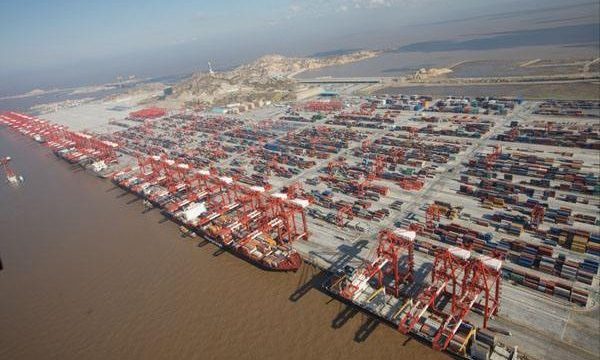Shanghai port pollution in the spotlight
Global Ports' Emissions Surge Despite Advances

A recent study by VesselBot, a specialist in emissions tracking, reveals a troubling trend: greenhouse gas emissions at major global ports are on the rise, even as technology and sustainability efforts advance. The report highlights Shanghai as the leading emitter, with 140,000 tons of emissions, surpassing Singapore despite handling fewer vessels. This finding underscores that the number of vessels does not directly correlate with emission levels.
Port Congestion and Operational Inefficiencies
The study indicates that port congestion and operational inefficiencies are significant contributors to rising emissions. U.S. ports, in particular, experienced heightened congestion levels in January and February 2025, driven by preemptive shipping ahead of impending tariff changes. Constantine Komodromos, CEO of VesselBot, emphasized the complexity of the relationship between port activity and emissions. He noted that while an increase in vessels typically leads to higher emissions, factors such as operational efficiency and performance play crucial roles in mitigating these emissions.
Key elements influencing emissions include port design, terminal availability, vessel dwell times, and engine utilization during idle periods. These factors reveal that a simplistic approach of counting vessels does not adequately capture the emissions landscape. The report aligns with previous research from the Hong Kong University of Science and Technology (HKUST), which highlighted the potential health benefits of more coordinated port arrivals. Their findings suggest that maritime emissions contribute to approximately 90,000 premature deaths globally each year, with a significant portion linked to air pollution from ships.
The Case for Shore Power Implementation
Another critical study from the International Council on Clean Transportation (ICCT) advocates for the implementation of shore power at ports worldwide. This study represents the first comprehensive emissions screening for at-berth vessels across American ports. Utilizing a systematic assessment of vessel emissions and automatic identification system (AIS) data, the ICCT estimated that at-berth vessels emitted around 27,000 tons of combined air pollutants and over 1.4 million tons of CO2 in 2019. Alarmingly, many of the 129 ports analyzed are located in lower-income areas that do not meet U.S. Environmental Protection Agency air quality standards.
The 22-page working paper strongly supports the adoption of shore power, also known as cold ironing or alternative maritime power. This technology allows vessels at berth to connect to the local electrical grid, enabling them to turn off auxiliary engines that typically burn fossil fuels for essential operations. By reducing reliance on these engines, ports can significantly decrease greenhouse gas emissions and improve air quality in surrounding communities.
